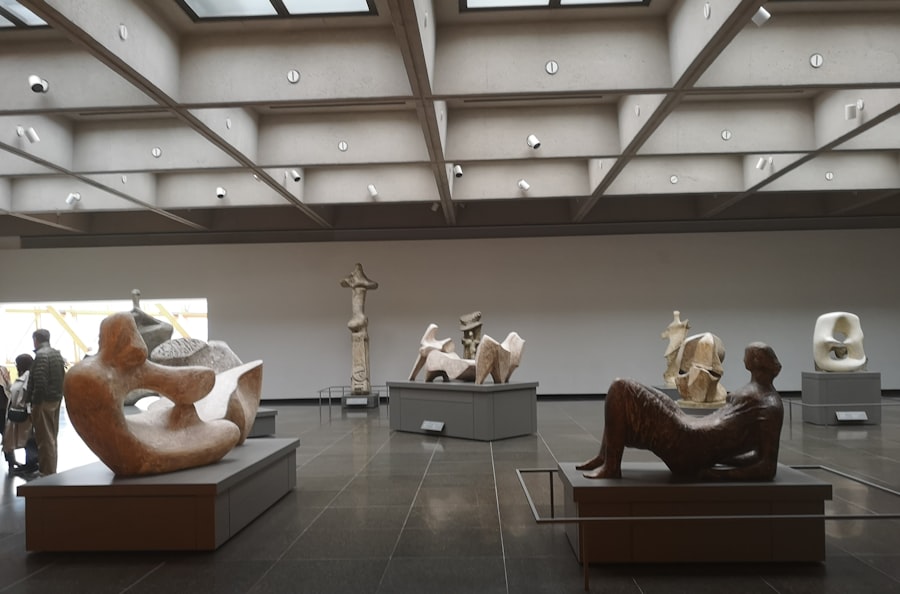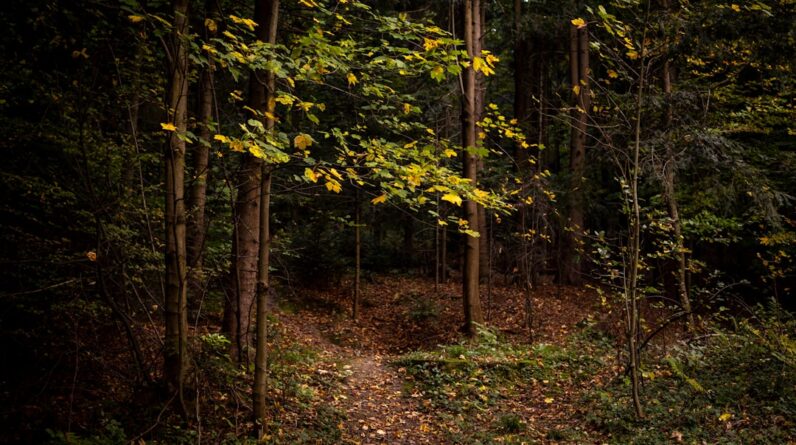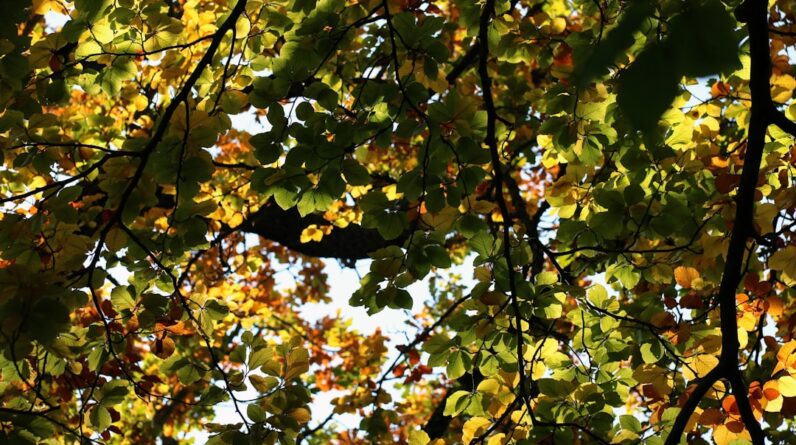The Royal Ontario Museum (ROM) is one of Canada’s most prestigious cultural institutions, located in Toronto, Ontario. Established in 1912, the museum has a rich history and is renowned for its diverse collections and exhibits. The ROM is dedicated to preserving and showcasing the natural and cultural heritage of Canada and the world, making it a must-visit destination for locals and tourists alike.
The museum’s history dates back to 1857 when the Toronto Mechanics’ Institute established a museum to showcase natural history specimens and cultural artifacts. Over the years, the museum grew in size and scope, eventually becoming the Royal Ontario Museum in 1912. Today, the ROM is housed in a stunning building that combines modern architecture with the original historic structure, creating a unique blend of past and present.
The museum’s collections are vast and cover a wide range of disciplines, including art, natural history, archaeology, and anthropology. With over six million objects in its collection, the ROM offers visitors a comprehensive look at the world’s history and culture. From ancient Egyptian artifacts to contemporary Canadian art, there is something for everyone to explore and discover at the Royal Ontario Museum.
Key Takeaways
- The Royal Ontario Museum is a unique blend of past and present, showcasing Canada’s cultural heritage and the natural world through its impressive collection of artifacts and exhibits.
- From its origins to the present day, the museum has evolved to become a vital institution in preserving and celebrating Canada’s rich history and diverse cultural heritage.
- Visitors can journey through time and discover the history of Canada and the world, while also exploring the intersection of art and science through the museum’s exhibits.
- The museum is committed to engaging with the community through its educational programs and outreach initiatives, and visitors can maximize their experience by taking advantage of these offerings.
- Behind the scenes, the museum’s conservation and research efforts ensure that its collection is preserved for future generations, while the institution continues to bridge the gap between history and modernity.
Exploring the Museum’s Impressive Collection of Artifacts and Exhibits
One of the highlights of the Royal Ontario Museum is its extensive collection of artifacts from around the world. The museum’s art collection spans thousands of years and includes works from various cultures and time periods. From ancient Greek sculptures to contemporary Canadian paintings, visitors can immerse themselves in the world of art and appreciate its beauty and significance.
In addition to its art collection, the ROM is also known for its natural history exhibits. The museum houses an impressive collection of fossils, minerals, and specimens that provide insights into the Earth’s history and biodiversity. Visitors can marvel at dinosaur skeletons, explore interactive displays about evolution, and learn about the natural wonders of Canada and beyond.
The Royal Ontario Museum is also home to a diverse range of cultural artifacts that showcase the history and traditions of different societies. From ancient Chinese ceramics to Indigenous artifacts, the museum offers a glimpse into the rich cultural heritage of Canada and the world. These artifacts provide valuable insights into the lives and customs of past civilizations, allowing visitors to gain a deeper understanding of human history.
The Evolution of the Museum: From its Origins to the Present Day
The Royal Ontario Museum has undergone significant changes and growth since its establishment in 1912. Over the years, the museum has expanded its collections, renovated its facilities, and adapted to changing times and audiences. This evolution has allowed the ROM to remain relevant and continue to engage visitors with its diverse exhibits and programs.
In its early years, the museum focused primarily on natural history and archaeology. However, as the museum grew, it began to incorporate other disciplines, such as art and anthropology, into its collections. This expansion allowed the ROM to offer a more comprehensive look at the world’s history and culture, attracting a wider audience and establishing itself as a leading cultural institution.
In recent years, the museum has embraced technology and innovation to enhance visitor experiences. The ROM has incorporated interactive displays, virtual reality experiences, and digital storytelling into its exhibits, making them more engaging and accessible. These advancements have allowed the museum to reach new audiences and provide a more immersive and educational experience for visitors.
The Role of the Museum in Preserving and Celebrating Canada’s Cultural Heritage
The Royal Ontario Museum plays a crucial role in preserving Canada’s history and culture. The museum’s collections include a vast array of Canadian artifacts, artworks, and specimens that showcase the country’s rich heritage. By collecting, studying, and exhibiting these objects, the ROM ensures that Canada’s cultural legacy is preserved for future generations.
One way in which the museum celebrates and showcases Canadian heritage is through its Indigenous collections and exhibits. The ROM has a significant collection of Indigenous artifacts, including clothing, tools, and artworks, which provide insights into the diverse cultures and traditions of Indigenous peoples in Canada. The museum works closely with Indigenous communities to ensure that these artifacts are displayed respectfully and accurately, allowing visitors to learn about and appreciate Indigenous culture.
The Royal Ontario Museum also celebrates Canadian heritage through its art collections. The museum houses a vast collection of Canadian art, ranging from historical paintings to contemporary installations. By showcasing the works of Canadian artists, the ROM highlights the country’s artistic achievements and contributes to the promotion and preservation of Canadian culture.
A Journey Through Time: Discovering the History of Canada and the World
One of the main attractions of the Royal Ontario Museum is its historical exhibits and collections. The museum offers visitors a unique opportunity to travel back in time and explore different periods of history, from ancient civilizations to modern times.
The ROM’s historical exhibits cover a wide range of topics, including ancient Egypt, Greece, Rome, and China. Visitors can marvel at ancient Egyptian mummies, admire Greek sculptures, and learn about the rise and fall of great empires. These exhibits provide a fascinating glimpse into the past and allow visitors to gain a deeper understanding of human history.
In addition to its international historical exhibits, the museum also offers insights into Canada’s own history. The ROM has a dedicated gallery that explores the history and culture of Canada, from the First Nations to modern times. Visitors can learn about Canada’s colonial past, its role in World War II, and its multicultural society through interactive displays, artifacts, and multimedia presentations.
The Intersection of Art and Science: Understanding the Natural World Through Exhibits

The Royal Ontario Museum is not only a hub for history enthusiasts but also for those interested in the natural world. The museum’s natural history collections and exhibits provide valuable insights into the Earth’s biodiversity, geology, and evolution.
The ROM’s natural history exhibits feature a wide range of specimens, including fossils, minerals, and taxidermy animals. Visitors can explore the world of dinosaurs, learn about the different ecosystems of Canada, and discover the wonders of the animal kingdom. These exhibits not only educate visitors about the natural world but also inspire a sense of wonder and appreciation for the Earth’s beauty and diversity.
What sets the Royal Ontario Museum apart is its ability to present scientific information in an artistic and accessible way. The museum combines scientific accuracy with creative storytelling to engage visitors and make complex concepts more understandable. Through interactive displays, multimedia presentations, and immersive experiences, the ROM brings science to life and encourages visitors to explore and question the world around them.
Engaging with the Community: The Museum’s Educational Programs and Outreach Initiatives
The Royal Ontario Museum is committed to engaging with the local community and beyond through its educational programs and outreach initiatives. The museum offers a wide range of educational programs for all ages, from school visits to adult workshops. These programs provide opportunities for hands-on learning, critical thinking, and creative expression.
For school groups, the ROM offers guided tours, workshops, and curriculum-based programs that align with provincial education standards. These programs allow students to explore the museum’s collections and exhibits in a meaningful way, fostering a love for learning and an appreciation for culture and history.
In addition to its educational programs, the museum also reaches out to underserved communities through its outreach initiatives. The ROM partners with local organizations to bring its exhibits and programs to communities that may not have access to cultural institutions. By making its resources more accessible, the museum aims to promote inclusivity and ensure that everyone has the opportunity to engage with Canada’s cultural heritage.
A Day in the Life of a Museum Visitor: Tips and Tricks for Maximizing Your Experience
Planning a visit to the Royal Ontario Museum can be an exciting and enriching experience. To make the most of your time at the museum, it’s important to plan ahead and be prepared. Here are some tips and tricks for maximizing your experience:
1. Research the exhibits: Before your visit, take some time to research the museum’s exhibits and collections. This will help you prioritize what you want to see and ensure that you don’t miss any highlights.
2. Plan your visit: The ROM is a large museum with a lot to see, so it’s a good idea to plan your visit in advance. Check the museum’s website for information on opening hours, ticket prices, and special exhibitions. Consider purchasing tickets online to avoid long queues at the entrance.
3. Take advantage of guided tours: The museum offers guided tours led by knowledgeable docents who can provide insights and context to the exhibits. Consider joining a guided tour to enhance your understanding and appreciation of the museum’s collections.
4. Explore interactive displays: The ROM has numerous interactive displays that allow visitors to engage with the exhibits in a hands-on way. Take advantage of these opportunities to learn and have fun while exploring the museum.
5. Take breaks: The museum can be overwhelming, especially if you’re planning to spend several hours there. Take regular breaks to rest, recharge, and reflect on what you’ve seen. The museum has several cafes and seating areas where you can relax and take a break from walking.
6. Visit during off-peak hours: To avoid crowds, consider visiting the museum during off-peak hours, such as weekdays or early mornings. This will allow you to explore the exhibits at your own pace and have a more intimate experience.
Behind the Scenes: The Museum’s Conservation and Research Efforts
Preserving and studying its collections is a top priority for the Royal Ontario Museum. The museum has a dedicated team of conservators, scientists, and researchers who work tirelessly to ensure the long-term preservation and study of its artifacts.
The ROM’s conservation department is responsible for the care and maintenance of the museum’s collections. Conservators use specialized techniques and materials to clean, repair, and stabilize objects, ensuring that they are protected from deterioration and damage. The conservation team also conducts research on materials and techniques used in the creation of artifacts, contributing to the field of conservation science.
In addition to conservation, the museum also has an active research program. The ROM’s scientists and researchers conduct studies on various topics, including archaeology, paleontology, and biodiversity. These studies contribute to our understanding of the natural world and help inform the museum’s exhibits and educational programs.
The Royal Ontario Museum also collaborates with other institutions and organizations on research projects. By sharing knowledge and resources, the museum contributes to the advancement of scientific research and fosters collaboration within the cultural sector.
The Future of the Royal Ontario Museum: Continuing to Bridge the Gap Between History and Modernity
As a leading cultural institution, the Royal Ontario Museum is constantly evolving and adapting to changing times and audiences. The museum has ambitious plans for the future, aimed at bridging the gap between history and modernity and engaging with diverse communities.
One of the museum’s main goals is to enhance visitor experiences through technology and innovation. The ROM plans to incorporate more interactive displays, virtual reality experiences, and digital storytelling into its exhibits, making them more immersive and engaging. These advancements will allow visitors to have a more personalized and interactive experience at the museum.
The museum also aims to expand its outreach initiatives to reach a wider audience. The ROM plans to partner with more community organizations, schools, and cultural institutions to bring its exhibits and programs to underserved communities. By making its resources more accessible, the museum hopes to foster inclusivity and ensure that everyone has the opportunity to engage with Canada’s cultural heritage.
In conclusion, the Royal Ontario Museum is a treasure trove of history, art, and science. With its diverse collections, engaging exhibits, and educational programs, the museum offers visitors a unique opportunity to explore the world’s past and present. Whether you’re interested in ancient civilizations, natural history, or contemporary art, the ROM has something for everyone. As the museum continues to evolve and adapt to changing times, it will undoubtedly remain a vital institution in preserving and celebrating Canada’s cultural heritage.
If you’re looking to explore more about history and culture, you might be interested in reading the article “The Age of Enlightenment: Mental Wellness and Mindfulness Practices for Seniors.” This insightful piece delves into the importance of mental well-being and mindfulness practices for seniors, highlighting how these practices can enhance their overall quality of life. It offers valuable tips and techniques to promote mental wellness, making it a great companion read to “Where History Meets Modernity: A Day at the Royal Ontario Museum.” Check it out here.
FAQs
What is the Royal Ontario Museum?
The Royal Ontario Museum (ROM) is a museum of art, world culture, and natural history located in Toronto, Canada. It is one of the largest museums in North America and attracts over a million visitors annually.
What can I see at the Royal Ontario Museum?
The ROM has a vast collection of over six million objects, including fossils, minerals, art, and artifacts from around the world. Some of the most popular exhibits include the dinosaur gallery, the Bat Cave, and the Egyptian mummies.
What are the museum’s hours of operation?
The ROM is open daily from 10 am to 5:30 pm, except on Fridays when it stays open until 8:30 pm. It is closed on Christmas Day and New Year’s Day.
How much does it cost to visit the Royal Ontario Museum?
Admission prices vary depending on age and residency. General admission for adults is $23, while children and seniors pay $18. Admission is free for children under 4 years old and ROM members.
Is the Royal Ontario Museum accessible for people with disabilities?
Yes, the ROM is fully accessible for people with disabilities. It has wheelchair ramps, elevators, and accessible washrooms. The museum also offers assistive listening devices and sign language interpretation upon request.
Can I take photographs inside the museum?
Photography is allowed in most areas of the museum, but flash photography and tripods are not permitted. Some special exhibitions may have specific photography restrictions.
Is there a restaurant or café at the Royal Ontario Museum?
Yes, the ROM has a restaurant called C5, which offers fine dining with a view of the city skyline. There is also a café called Food Studio, which serves sandwiches, salads, and baked goods.








